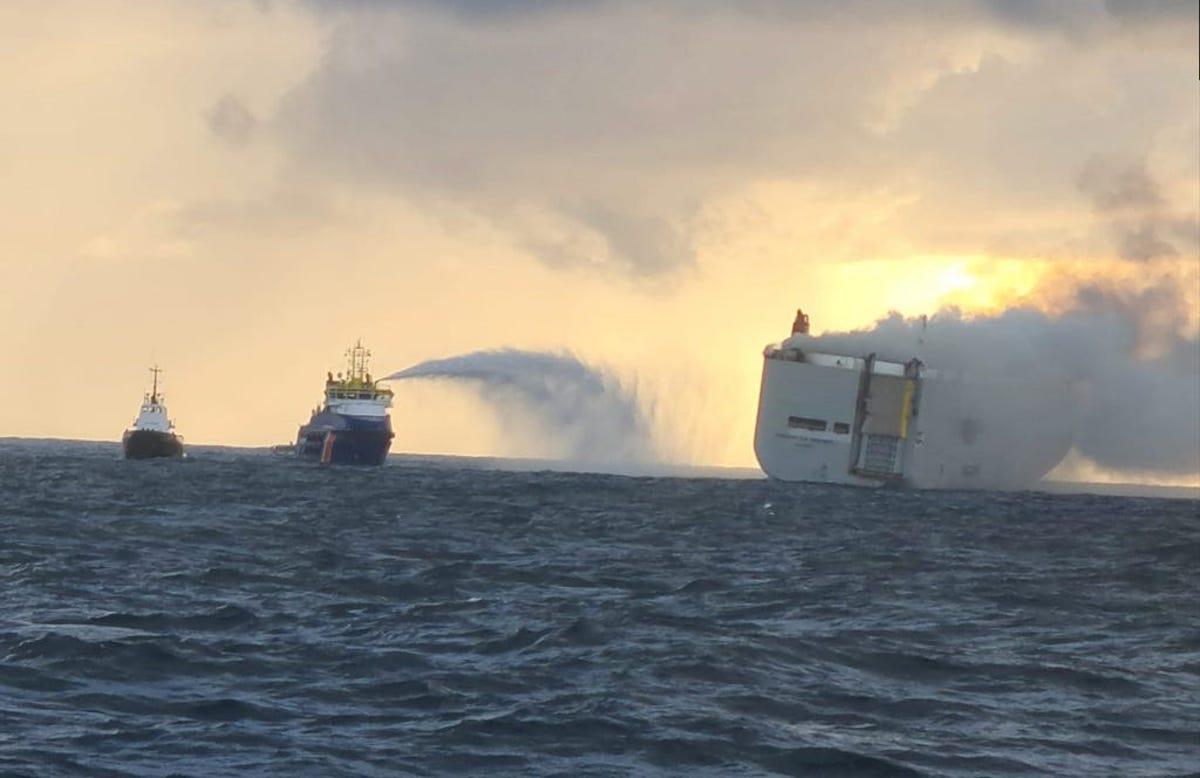this month, nikkei reported that China had made significant progress on building a naval base in Cambodia and was close to completing a pier that could berth an aircraft carrier. That report said that satellite images taken by BlackSky, a US commercial imagery company monitoring the construction at Cambodia's Ream Naval Base, shows a nearly complete pier that closely resembles China's pier at its only acknowledged overseas base in Djibouti.
in april, asia times reported China's construction of an air defense center and expanded radar system near Ream Naval Base. Cambodian Prime Minister Hun Sen allocated 157 hectares for the project in September 2022, and an additional 30 hectares were earmarked for a naval radar system.
A Cambodian Defense Ministry official said there would be no Chinese funding, support, or presence in those facilities amid persistent allegations that Ream Naval Base is being secretly developed as China's surveillance hub for the South China Sea and its first foreign military base in the Indo-Pacific region.
previously, asia times reported in january 2022 on China's dredging projects at Ream Naval Base to enable the docking of larger vessels, with Cambodian officials confirming that China had funded the project and other infrastructure construction at the facility. China's dredging project represents a significant upgrade as, at the time, the base's shallow waters only allowed it to host smaller patrol vessels and not substantial warships.
Nikkei's new report says the first signs of the Ream pier construction were reported in July 2022, with China making rapid progress. The source says that the piers at Ream and Djibouti both have a 335-meter section could be used to berth an aircraft carrier.
Latest stories

as fed wraps up tightening, chinese yuan breathes easier

tanks and ship-borne cars: fire can wipe out both

allocation of powers in times of war: israel's case
Nikkei notes that in a confrontation, the US could bomb Chinese military facilities in the South China Sea, but attacking Ream would mean bombing Cambodia. Despite that, the source cites a Chinese Embassy official in the US that Cambodia's constitution bans foreign military bases on its territory and that construction at Ream strengthens Cambodia's capacity.
Myanmar activity
China may have been behind similar projects in Myanmar, enabling it to secure a foothold in the Andaman Sea to bypass its long-running strategic conundrum wherein its over-dependence on the Malacca Strait makes it vulnerable to a naval blockade by the US and its allies.
In April, Asia Times reported on renewed construction activities on Myanmar's Great Coco Island, with satellite imagery showing a freshly lengthened 2,300-meter runway and signs of increased activity in recent months, such as the construction of hangars and a radio station.
Since 2014, there have been reports of Chinese signal intelligence (SIGINT) facilities in the Andaman Sea, including at Manaung, Hainggyi, Zadetkyi, and the Coco Islands, while Chinese technicians have worked on radar stations and naval bases near Yangon, Moulmein and Mergui.
From Ream, China could counter US naval presence in the Malacca Strait chokepoint, secure its emerging interests in the Gulf of Thailand, and establish a southern flank in the South China Sea.
Conversely, Cambodia depends on China as an economic lifeline and a possible security insurance against its larger and militarily stronger neighbors, Thailand and Vietnam.
Also, China's SIGINT facility on Myanmar's Great Coco Island may serve as a forward defensive position for Kyaukpyu Port, the maritime terminus of the China-Myanmar Economic Corridor (CMEC), which ends south of China's Yunnan province.
It may also give China an advantage against the Indian Navy, as Myanmar can conduct surveillance flights from Great Coco Island to monitor Indian operations from the Andaman and Nicobar Islands.
China could then bargain with Myanmar to share intelligence from those flights in exchange for economic and political support, which the latter badly needs, embroiled in an ongoing civil war and dealing with Western sanctions.
However, China's moves to establish a foothold near the Malacca Strait, South China Sea, and Indian Ocean are far from a done deal, as unreliable relationships, unstable host countries, and limited near-term naval power in the Indian Ocean have prevented China from establishing a dependable network of naval bases to secure its sea lanes of communication in the event of a military conflict.
Changes in Cambodian policy
Further, Cambodia may not be China's“yes man,” contrary to its previous behavior and expectations.
in a march article in fulcrum , Melinda Martinus and Chhay Lim report that Hun Sen's January 2022 visit to Myanmar was viewed as Cambodia acting on the behest of China, with the July 2022 execution of pro-democracy activists by Myanmar's junta marking a turning point for Cambodia, leading it to re-engage with ASEAN counterparts and disinvite the junta from ASEAN meetings during its chairmanship.
Martinus and Lim also note that Cambodia has condemned Russia's February 2022 Invasion of Ukraine and provided humanitarian assistance to the latter. They note that Cambodia's moves were a surprise, as it was expected to follow China's position of refusing to condemn Russia for its actions and considering its cordial relations with the latter.
Martinus and Lim also say that during its chairmanship of the Association of Southeast Asian Nations, Cambodia made notable efforts to steer itself away from China's direct influence, especially when doing so is perceived to be relatively cost-free.
The writers say Cambodia is diversifying its relationships to lessen its dependence on China. They report that Western approval of its condemnation of Russia's invasion of Ukraine was seen as a preparatory move for the incoming Hun Manet cabinet, which may reset ties with the West.
In addition, they noted that Cambodia signed a free-trade agreement with South Korea last year, which could lessen economic over-dependence on China.
In the case of Myanmar, Sudha Ramachandran wrote last month in an article for the jamestown foundation that China's decision to back the Myanmar junta is fraught with risk, as resistance groups target Chinese nationals and projects.
Ramachandran cites that of the 7,800 recorded nationwide clashes since the February 2021 coup, 300 occurred in areas where major Chinese projects are located, with 100 happening in 19 townships where China's oil and natural-gas pipelines run.
He also says that Myanmar's military may not be the formidable fighting force it is believed to be, as it is much smaller than previously thought. He notes that Beijing's pumping the junta with weapons can only serve to deepen anti-China animosity by resistance groups, putting Chinese projects and nationals in Myanmar at greater risk.
Ramachandran also states that while Myanmar's civil war is at a stalemate and the junta has a tenuous grip on power, the military's hold on the territory is expected to decline.
Like this:Like Loading... Related























Comments
No comment